Windchests: Manufacturing features
Fratelli Ruffatti produces many different types of windchests, some of which invented from scratch, others perfected from already existing types.
An example of a windchest invented by Ruffatti, which cannot be found in other organbuilding firms, is the “ventilabrino” chest, inspired by the historical Italian-type mechanical “spring chest”. This type of windchest was in production at Ruffatti during the 1970s and ‘80s.
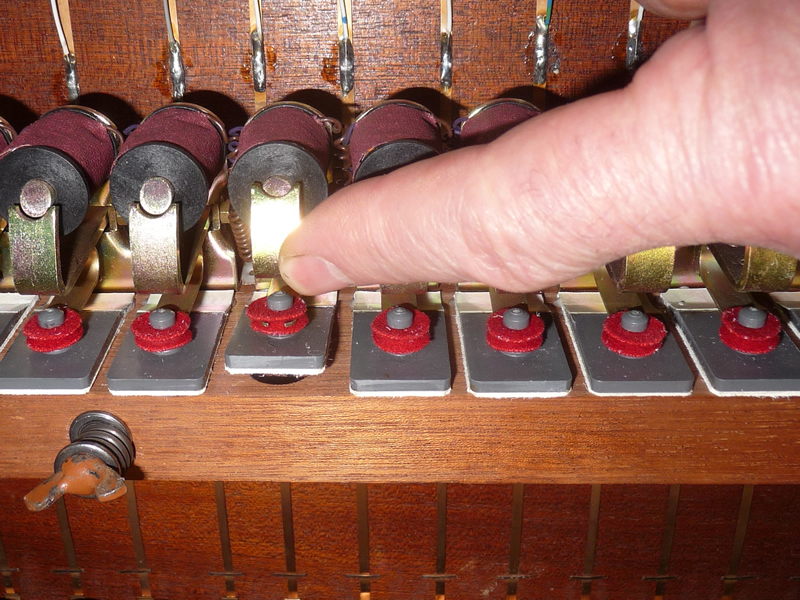
Small pallets (the Italian term for pallet is ventilabro, thus the name “ventilabrini”, or small pallets), one per pipe, are mounted over common rails that channel the air to the pipes, and are activated by magnets. The wind supply to the pipes, with the individual channels acting as expansion chambers, is very similar to that of the ancient spring chests. The rails can be quickly removed from the inside of the windchest for maintenance. These windchests are notable both for their high manufacturing cost and for their exceptional performance and reliability qualities.
A type of windchest widely in use today is the traditional slider chest. Ruffatti has perfected it by the use of technical features that facilitate maintenance and increase reliability under the most extreme climatic conditions.
The toeboards, where the pipes sit, are made of three layers of solid Mahogany. The external layers are of identical thickness, to equalize the tension of the wood fibers thus ensuring absolute stability.
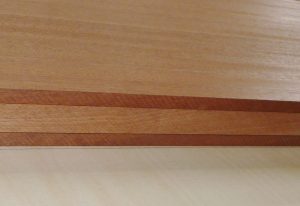
The whole windchest frame is made from solid Mahogany. The sides are made from 60 mm (or 2-11/32” inch) boards and are made, as is visible in the photo above, with the fiber that follows the direction of the windchest front panel. This ensures maximum stability, avoiding all problems arising from situations where wooden elements with fibers of contrasting directions are used.
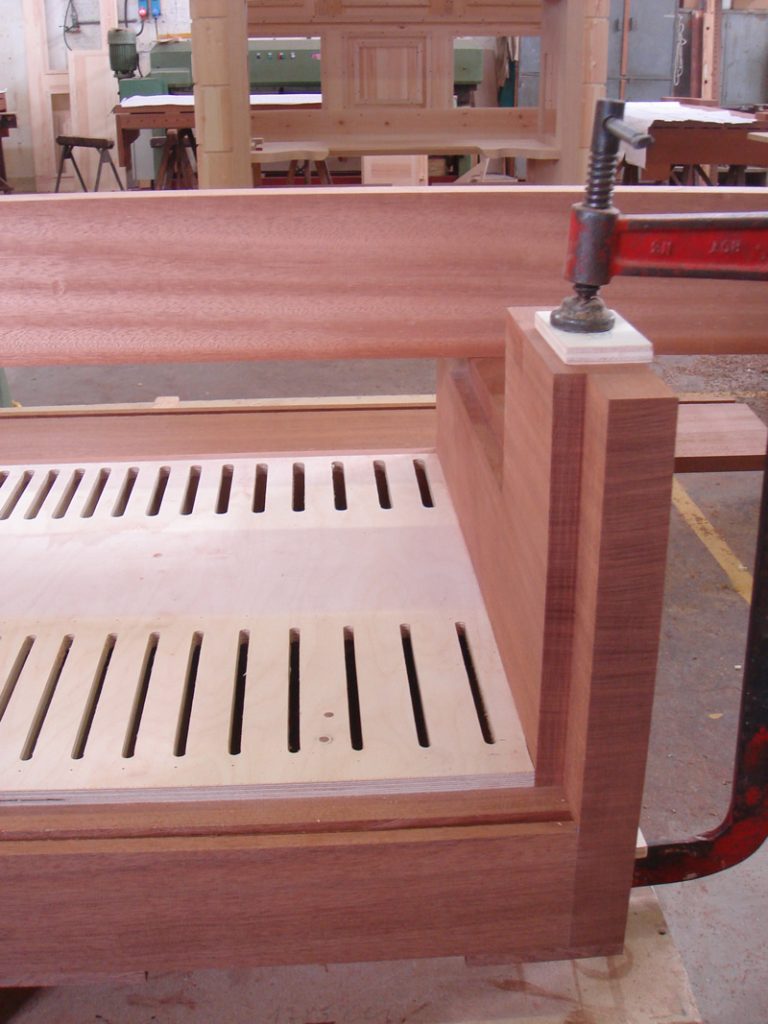
The pallets, extremely lightweight, are all made from radial-cut wood, covered with felt and leather to ensure an air-tight seal and quiet operation. To facilitate maintenance, they are removable.
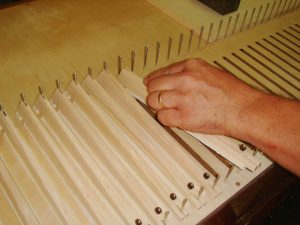
The pallet boxes are large in size, and can contain the mechanisms for the electric couplers, if the system is present. They can be opened in a matter of seconds for maintenance. The stop action sliders travel over expandable seals. Should the wood slightly re-settle, the seals compensate and ensure air-tight operation at all times.
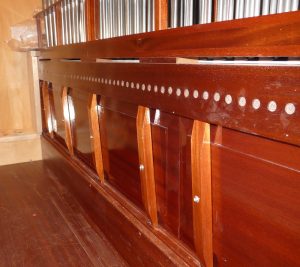
For the stop action, also read:Innovative Mechanical Organs
Fratelli Ruffatti uses many features to ensure reliable operation under all climatic conditions. A good example is the use of compression springs, which are placed under each screw. Should the wood shrink even a small amount, the springs will compensate and maintain an air- tight fit to the components to which they are applied.
For some applications, the windchest’s toe boards are joined together with a special type of
tongue-and-groove design, which has the purpose of increasing the gluing surface, making the joint much more stable and secure.
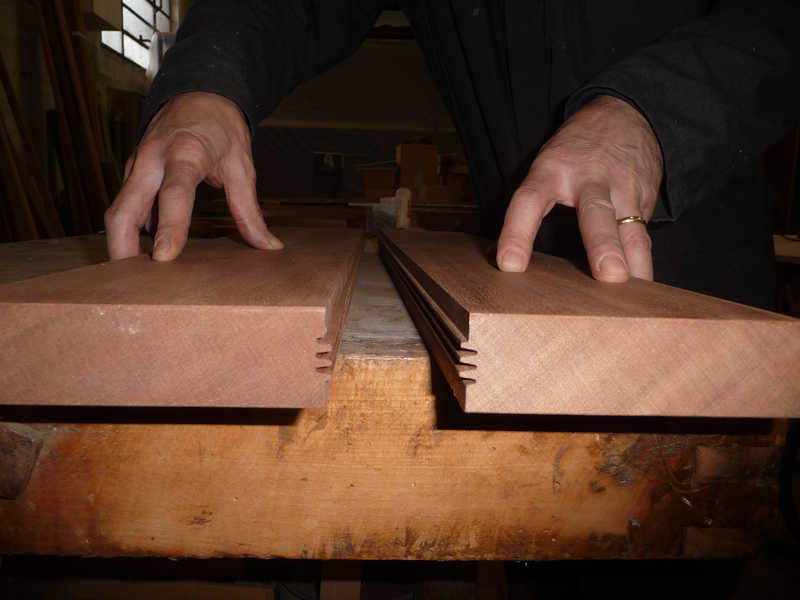
Even when placed inside the organ chamber and never visible to the outside, the windchests of a Ruffatti organ are as pleasing to the eye as a piece of fine furniture.
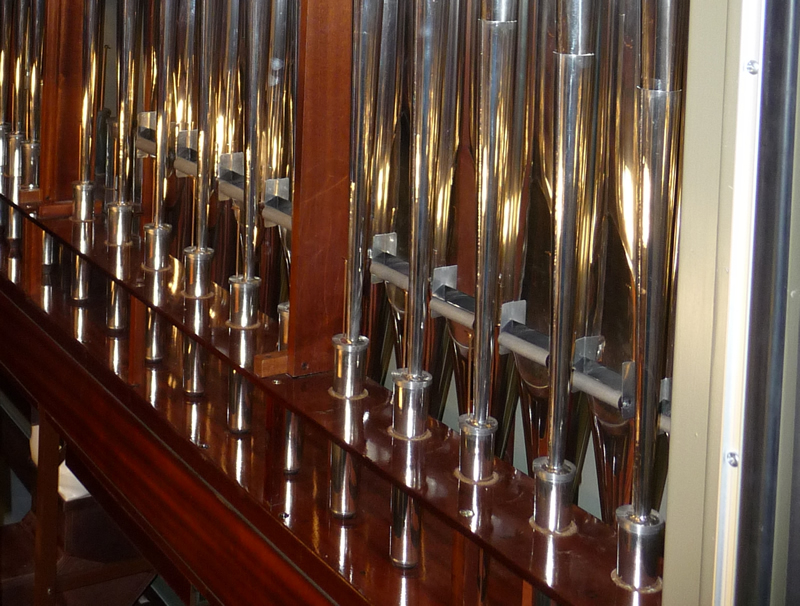
HOW WE
BUILD

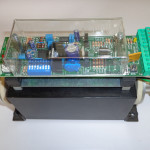
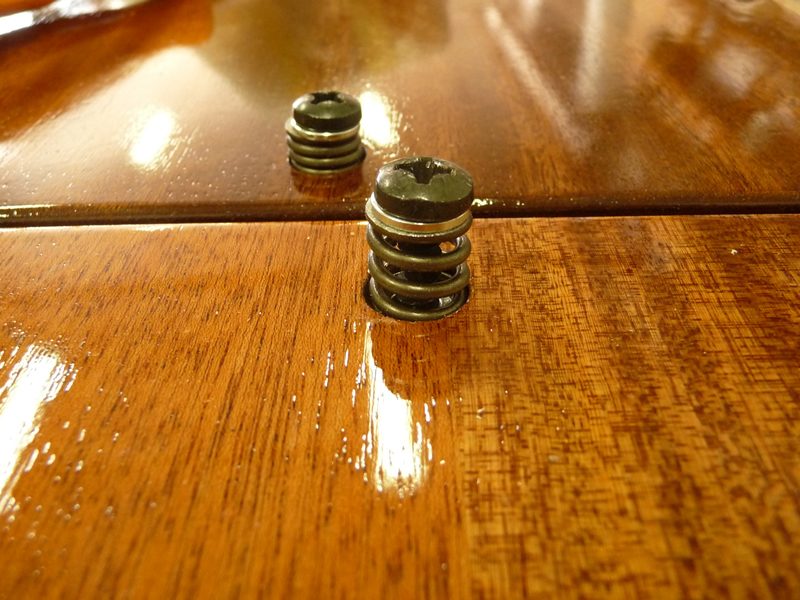
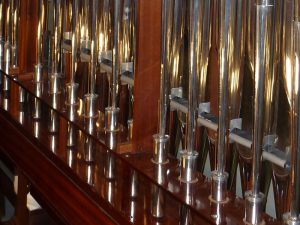
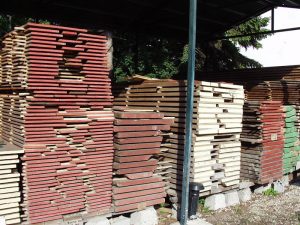
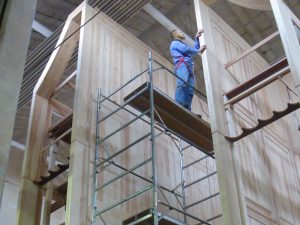
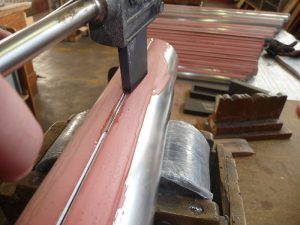
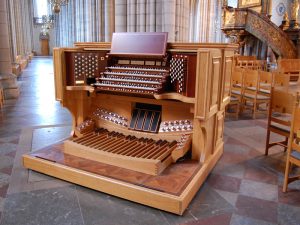
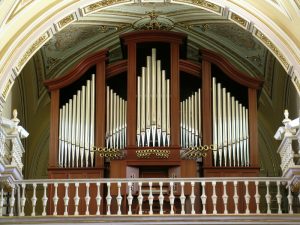 Innovative mechanical organs
Innovative mechanical organs